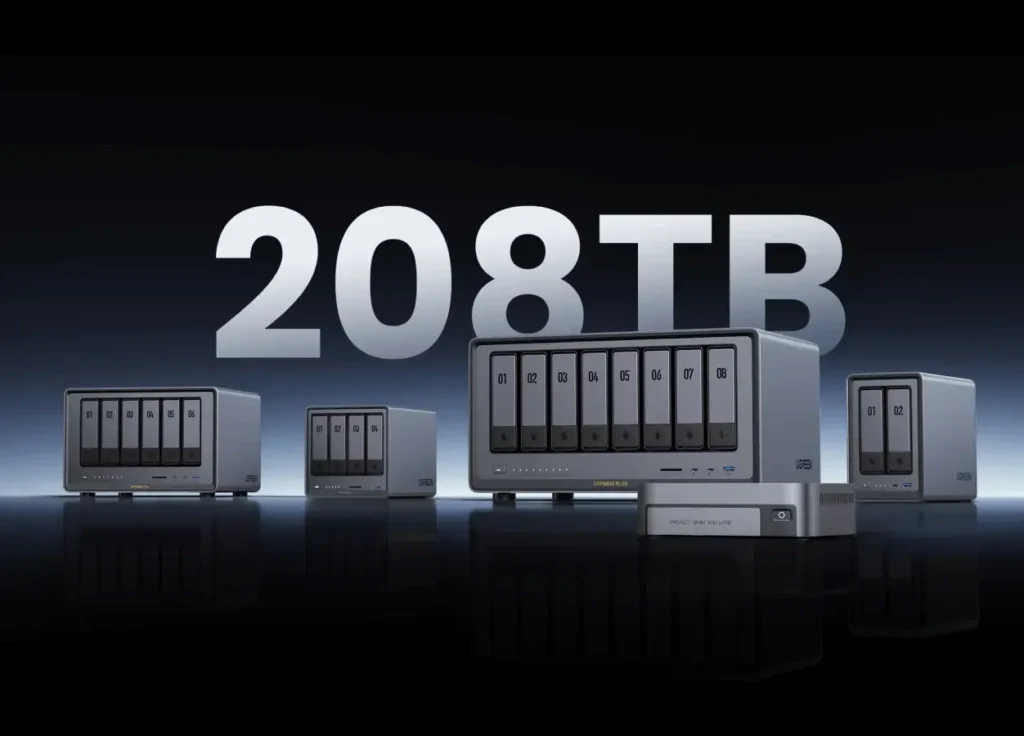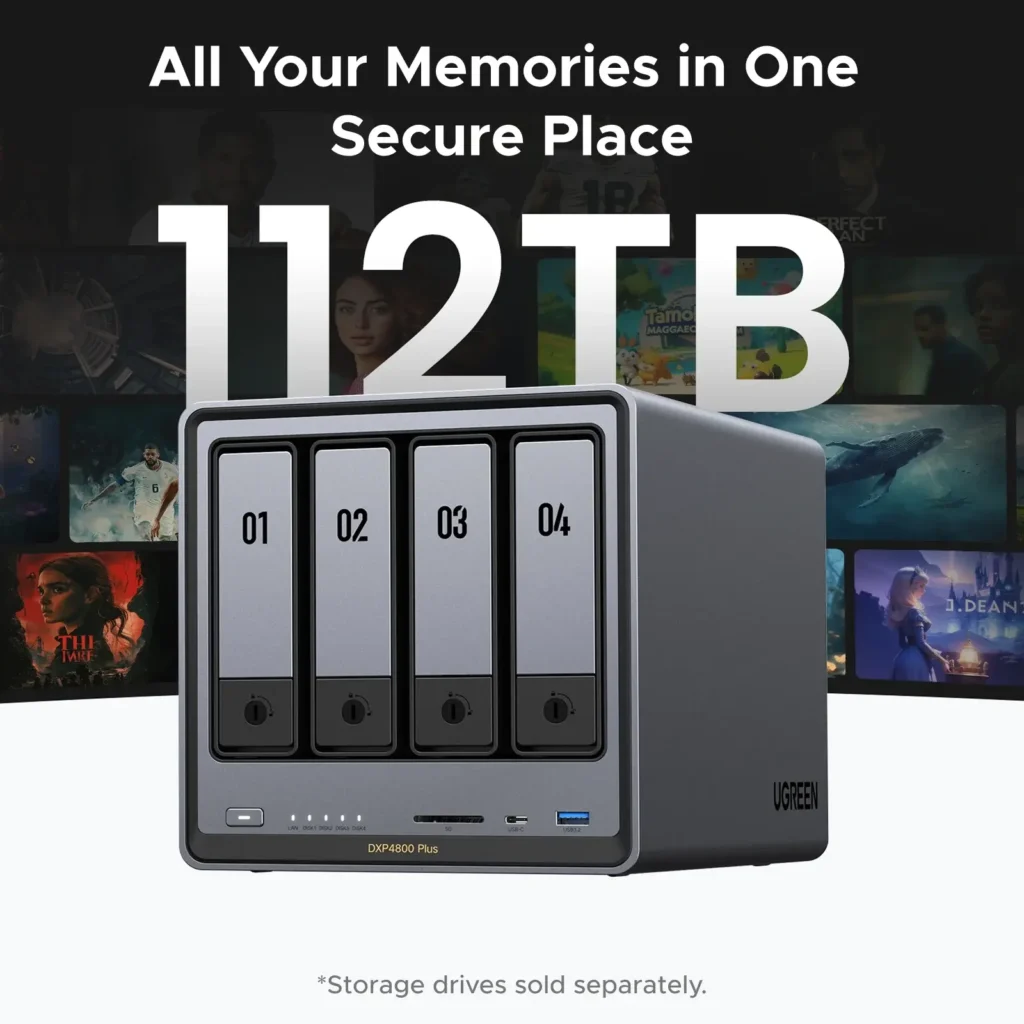Today, we store more photos, videos, and files than ever before. Keeping everything safe and easy to reach is important. This is where a home NAS can help. A network-attached storage device lets you back up your important data, stream media, and share files with family, all without relying on paid cloud services. If you are thinking about better ways to manage your digital life at home, learning how to choose a home NAS is a smart first step.
What is a Home NAS?
A home NAS is short for “Network Attached Storage.” It is a small device that connects to your home internet network. Think of it like a personal cloud at home. Unlike a regular external hard drive, a network-attached storage device lets many people or devices connect and use it at the same time. You can save important documents, family photos, videos, and even back up your laptops and phones automatically. Click to read more: what is NAS?
Key Features to Look For
When learning how to choose a home NAS, you should think about a few important features:
1. Storage Space
Choose a home NAS that can hold all your files today and still have room for tomorrow. Some devices let you add more storage later if needed.

2. Connectivity
Look for a device with fast Ethernet ports, like Gigabit or even 2.5 Gigabit Ethernet. Also, check if it has USB ports to plug in extra drives.
3. Backup Options
A good network-attached storage should offer automatic backups. This way, your computers and phones can save their data without you having to remember.
4. Media Streaming
If you want to watch movies or listen to music from your NAS, pick one that supports media streaming features like UPnP or DLNA.
5. RAID Support
For better file safety, find a NAS that supports RAID setups. RAID 1 and RAID 5 are great choices to protect your data if a hard drive fails.
Prebuilt NAS vs. DIY NAS: Understanding Your Options
When figuring out how to choose a home NAS, you have two options: buying one that is ready to use or building your own.
6. DIY NAS
If you enjoy building things and want more control, you can build your own home NAS. You can use old computer parts and install free software like TrueNAS or Unraid. DIY options can be cheaper and offer more flexibility, but they take more time to set up.
Important Tips and Considerations when Choosing a Home NAS
When learning how to choose a home NAS, keep these tips in mind:
1. Know your needs. What will you mainly use the NAS for? Backups, file sharing, or media streaming?
2. Pick a NAS that can grow with you. It should allow for more storage in the future.
3. Make sure you test backup features regularly, so your data stays safe.
4. Some NAS devices use less power. Choosing an energy-efficient one can save you money over time.
Our Top Recommendations
Here are three home NAS devices we recommend:
1. UGREEN NASync DXP4800
This 4-bay network-attached storage device offers solid performance with an Intel N100 processor and 8GB of RAM. It’s a great choice for home users who want fast file access and reliable storage. Its dual 2.5GbE ports help with quicker data transfers.

2. UGREEN NASync DXP480T Plus
If you need faster speed, this all-SSD home NAS is a good pick. It comes with a 10-core Intel CPU and supports 10GbE networking. Best for users who work with large files or stream high-quality content.
3. UGREEN NASync DXP6800 Pro
Built for more demanding tasks, this 6-bay network-attached storage uses a strong Intel i5 processor. It supports dual 10GbE ports, perfect for power users or small teams. You’ll get better speed and more space for your growing files.
Final Thoughts on Choosing a Home NAS
Choosing the best home NAS is not hard when you know what you need. A good network-attached storage can keep all your files safe, make backups easy, and let you stream your favorite media anytime. Take your time to learn how to choose a home NAS based on your needs and future plans. Whether you buy a ready-to-use device or build your own, a home NAS will make managing your digital life easier and safer.
Also Read-The Influence of Browsers in Modern Technology


